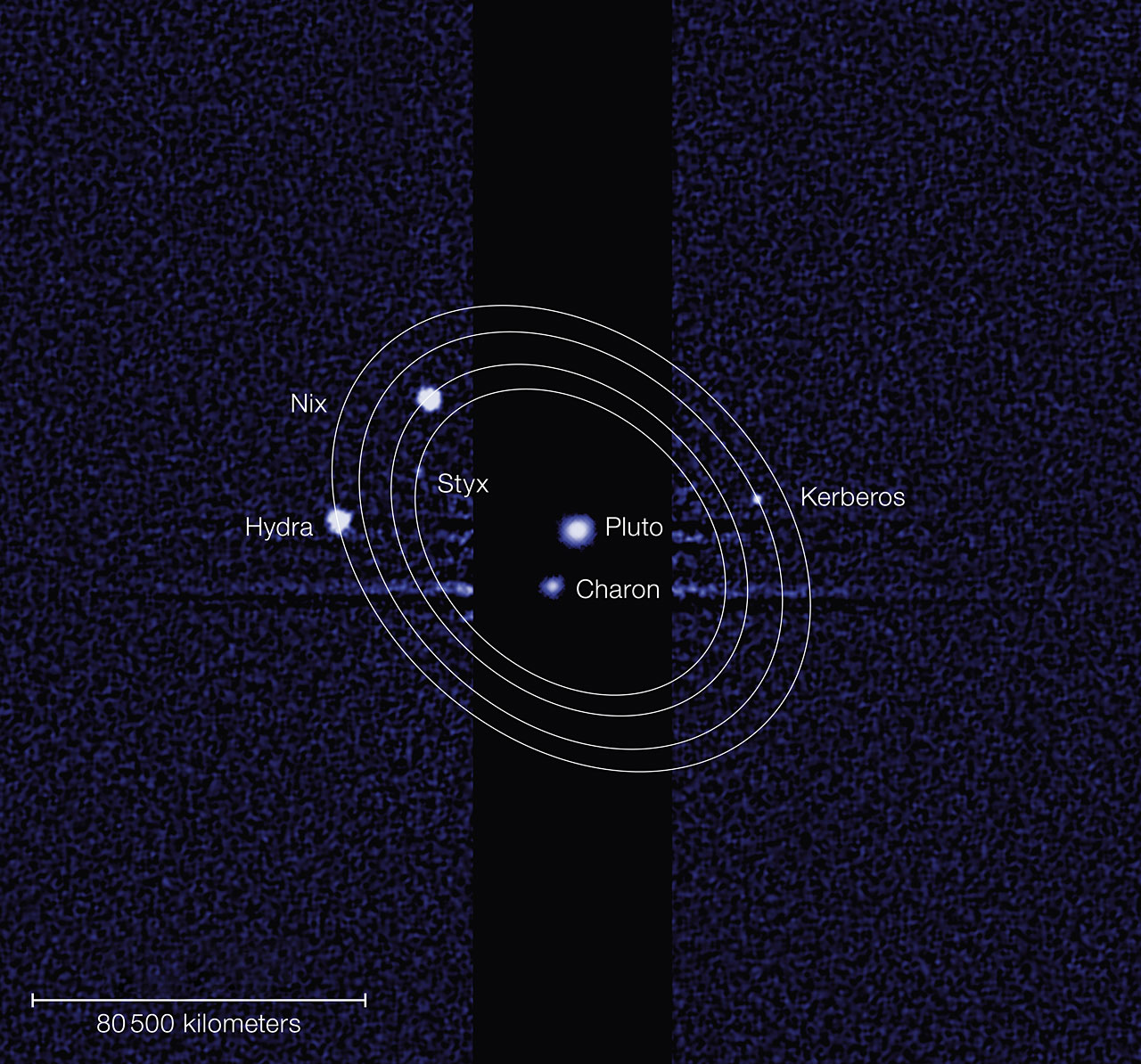[World Space Week] is an international celebration of science and technology, and their contribution to the betterment of the human condition. The United Nations General Assembly declared in 1999 that World Space Week will be held each year from October 4-10. These dates commemorate two events:
- October 4, 1957: Launch of the first human-made Earth satellite, Sputnik 1, thus opening the way for space exploration
- October 10, 1967: The signing of the Treaty on Principles Governing the Activites of States in the Exploration and Peaceful Uses of Outer Space, including the Moon and Other Celestial Bodies.
This year, the focus of World Space Week is Mars.
World Space Week 2013 is all about what many consider the Next Frontier: the planet Mars. Humanity is quickly conquering this new frontier. Mars Curiosity is the largest rover ever brought to another planet, discovering new features of the Red Planet every day.This World Space Week, look for events happening in your area, and make a special effort to talk about Mars or any kind of space exploration with friends and colleagues. You can also share videos and articles about space exploration via Facebook and Twitter. Watch our Twitter feed and Facebook page to find posts that you can share.
All links URLs:
http://www.worldspaceweek.org/wsw/
http://www.worldspaceweek.org/wsw/index.php?option=com_content&view=article&id=65&Itemid=3
http://www.worldspaceweek.org/wsw/index.php?option=com_content&view=article&id=145&Itemid=167
http://www.worldspaceweek.org/wsw/index.php?option=com_content&view=article&id=98&Itemid=166






